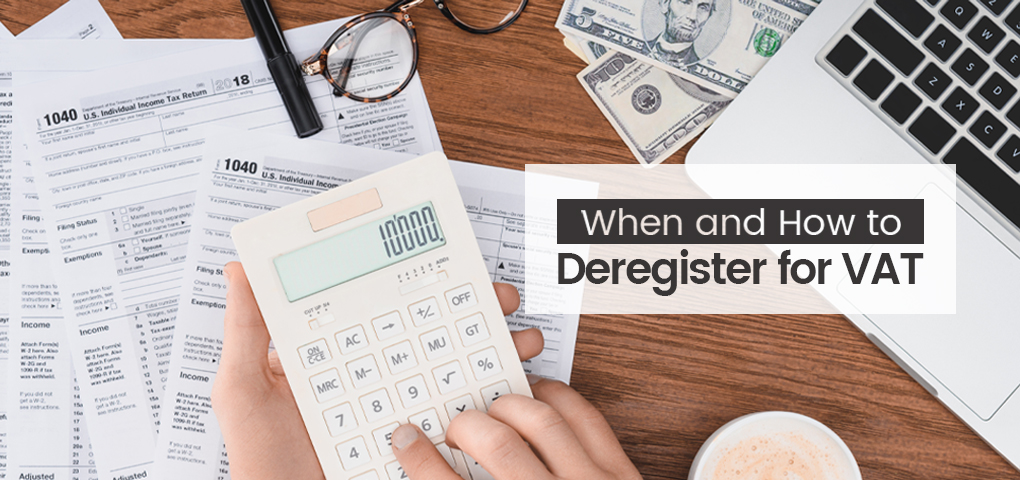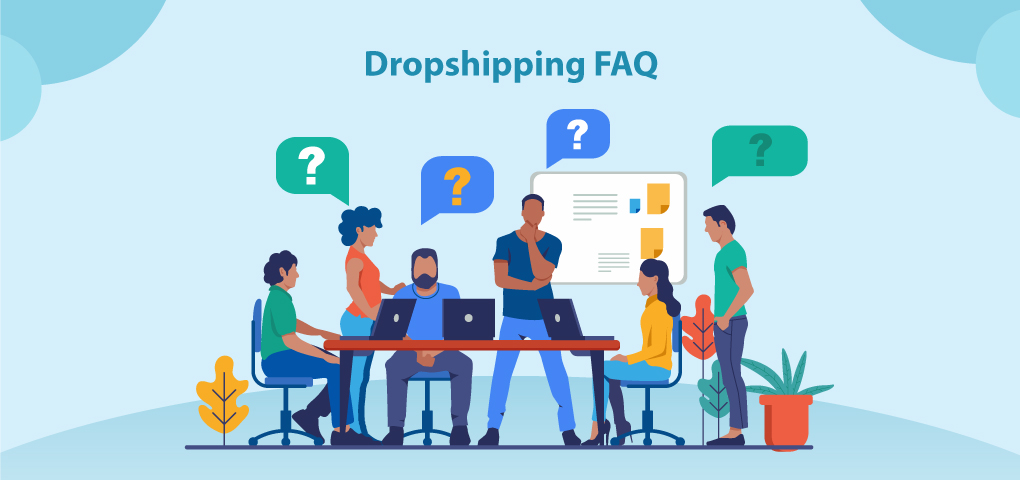When starting a business, there are many things you need to know and one of them is Value-added Tax or VAT. VAT is a tax chargeable on taxable supplies made by taxable persons in the United Kingdom. Both VAT registration and deregistration are complex subjects that can be tough for the unlearned and inexperienced. They require several important steps which, if misunderstood, could cause chaos. In this article, we focus on how to deregister for VAT.
Today, the Government is becoming more aware that business owners intentionally choose to stay below the VAT registration threshold. This has made VAT thresholds a subject of much speculation. Although businesses that want to get so big have no business with VAT deregistration, small businesses that seek to make a sustainable living will need to deregister from paying VAT. Learning what it takes to deregister from VAT is important, hence, the essence of this guide.
What Is To Deregister VAT
To deregister VAT is a process whereby a business turnover, after registering for VAT, falls under £83,000 (which is the deregistration threshold).
Why do businesses deregister for VAT?
Your turnover will fall under the deregistration threshold of £83,000 because of the following reasons:
· You no longer make VAT taxable sales
· Your business stops trading
· You join a VAT group
Conclusively, a business must deregister if it is no longer eligible to be VAT registered or if the business ceases to trade.
When Do You Need To Deregister VAT
Your business must deregister for VAT if the following reasons are valid:
· The company is sold (in this case, the owner could yet retain the VAT number).
· The company stops making taxable supplies and/or sees no reason to make taxable supplies in the future.
· The company registered intending to make taxable supplies but failed to oblige along the line.
· The legal entity changes, for example, from a sole trader to a company.
· The company is a corporate body, a representative member of a disbanded group, or wants to join a group registration.
A business may deregister if it is certain that its business turnover will not exceed the deregistration threshold (£83,000) in the next 12 months.
Types Of Deregistration
A business can deregister from VAT in two ways: compulsorily or voluntarily.
1. Compulsory deregistration
Compulsory deregistration for VAT is when a business, having ceased to trade, has no intention of making future taxable sales. Compulsory deregistration from VAT will take effect from the last day of trading.
2. Voluntary deregistration
Talking about voluntary deregistration for VAT, a business can proceed if it expects taxable sales in the next 12 months to be less than £83,000 which is the deregistration threshold – as of 2018/2019. Voluntary deregistration for VAT can take effect from the present date or the date HMRC receives your application to deregister.
How To Deregister From VAT
You can deregister your VAT registration online by visiting the Government Gateway account and logging into your VAT online account. You can also deregister for VAT by filling in the postal form VAT7 and sending it to HMRC using the address on the form.
After the deregistration, VAT must be accounted for only tangible assets such as interests in the land. If the assets were standard rated at 20% with VAT, then the VAT-inclusive value would above £6, 000. The following scenarios are valid:
· Goodwill is excluded as it is categorized as intangible assets.
· Also, if VAT on the original purchases of goods, cars, etc. was not deductible, then assets may be excluded.
· Assets must be included if the input tax was partially recoverable.
Including any relevant assets previously purchased even if VAT would have been charged at the time is important.
VAT after you deregister
After you cancel your VAT, you will have to submit a final VAT Return for the period up to date, including the cancellation date. You are accountable for any stock and other assets you have on that date if:
· the total Value-added Tax due on these assets is over £1,000
· you could reclaim Value-added Tax when you bought them
Experts advise that you do not wait until you have received all your invoices before submitting your final return. Once you get the invoices, the window will still be open to reclaim VAT on anything you bought for your business while still registered.
What happens next?
Deregistration for VAT usually takes about 21 days for HM Revenue and Customs (HMRC) to confirm your cancellation and the official date for cancellation. This could be the date you asked to cancel voluntarily or the date when the reason for your cancellation took effect (e.g. when you stopped trading).
Afterward, HM Revenue and Customs (HMRC) will send confirmation through the post if you applied offline or via your VAT online account. HMRC expects that you stop charging VAT from the date of cancellation and keep your VAT records for six years.
If HMRC realizes you shouldn’t have been canceled or you were no eligible for deregistering, they will automatically re-register you. This time, you will have to account for any VAT you should have paid.
Bonus Tip: Dealing With A Reputable Dropship Supplier
Ever thought of owning a store but can’t raise a startup fund to stock inventory, rent a warehouse, and fulfill orders? Think dropshipping! Dropshipping is an online business model that allows you to sell items on the internet without owning an inventory. It is a popular and lucrative business model that anybody can start in few hours. All you need is a website, the right products, and a reputable dropship supplier. There are hundreds of dropshipping suppliers out there but SaleYee is a leading dropshipping wholesale supplier where you can get quality products in real-time. The SaleYee platform has made dropshipping easier for every online seller by providing:
· 30,000+ profitable SKUs
· 630,000+ sq.m. local warehouses
· Free delivery on most products
· Extra fast delivery up to 48 hours
· 24/7 Customer Support
· Free membership and huge discounts
· Up to a 3-month after-sales period
Conclusion
Take note that VAT deregister cannot be applied retrospectively. If compulsory deregistration applies, often, HM Revenue and Customs (HMRC) will allow the registration to last up to 6 months to fix things up. Also note that you cannot backdate VAT deregistration, even if a mistake was made during registration.




